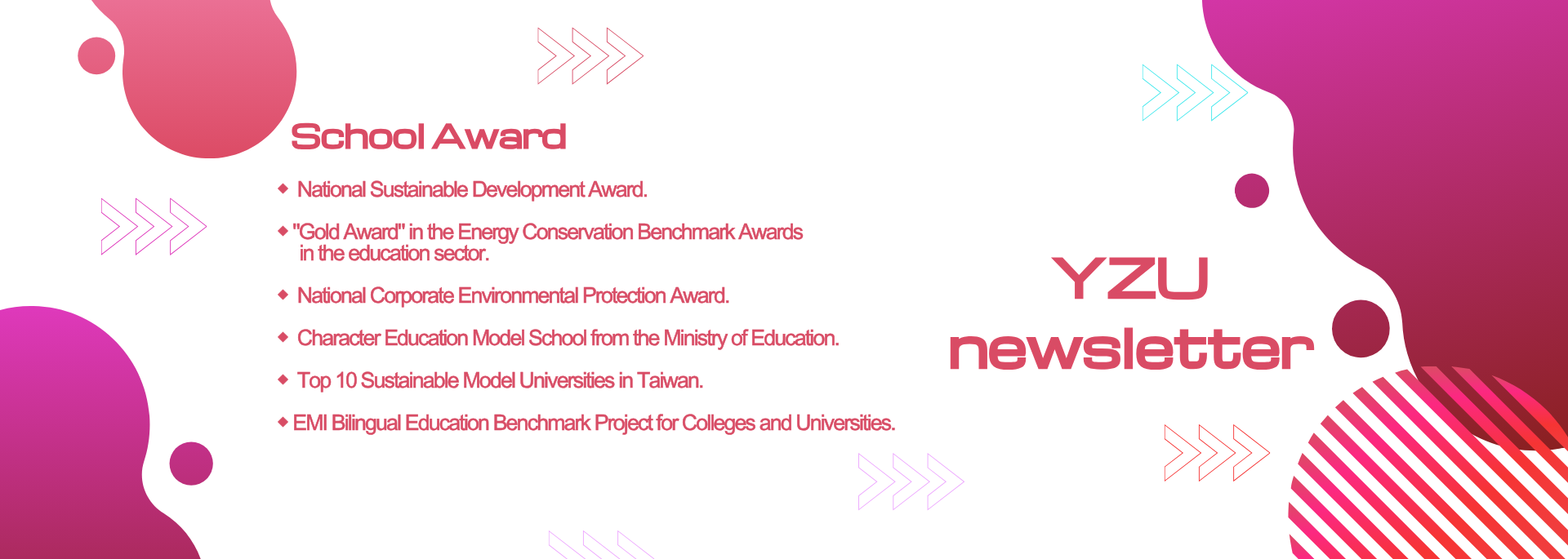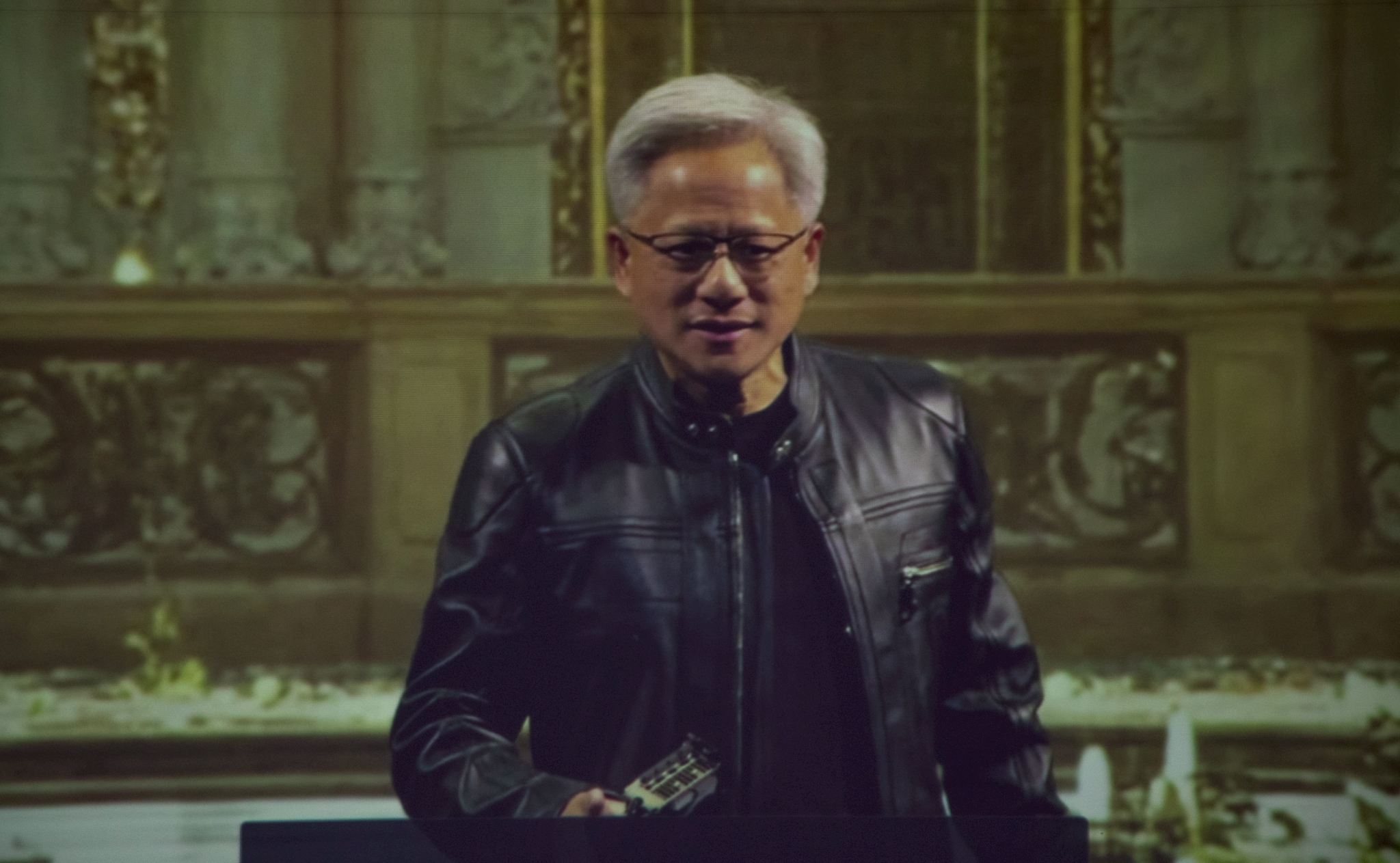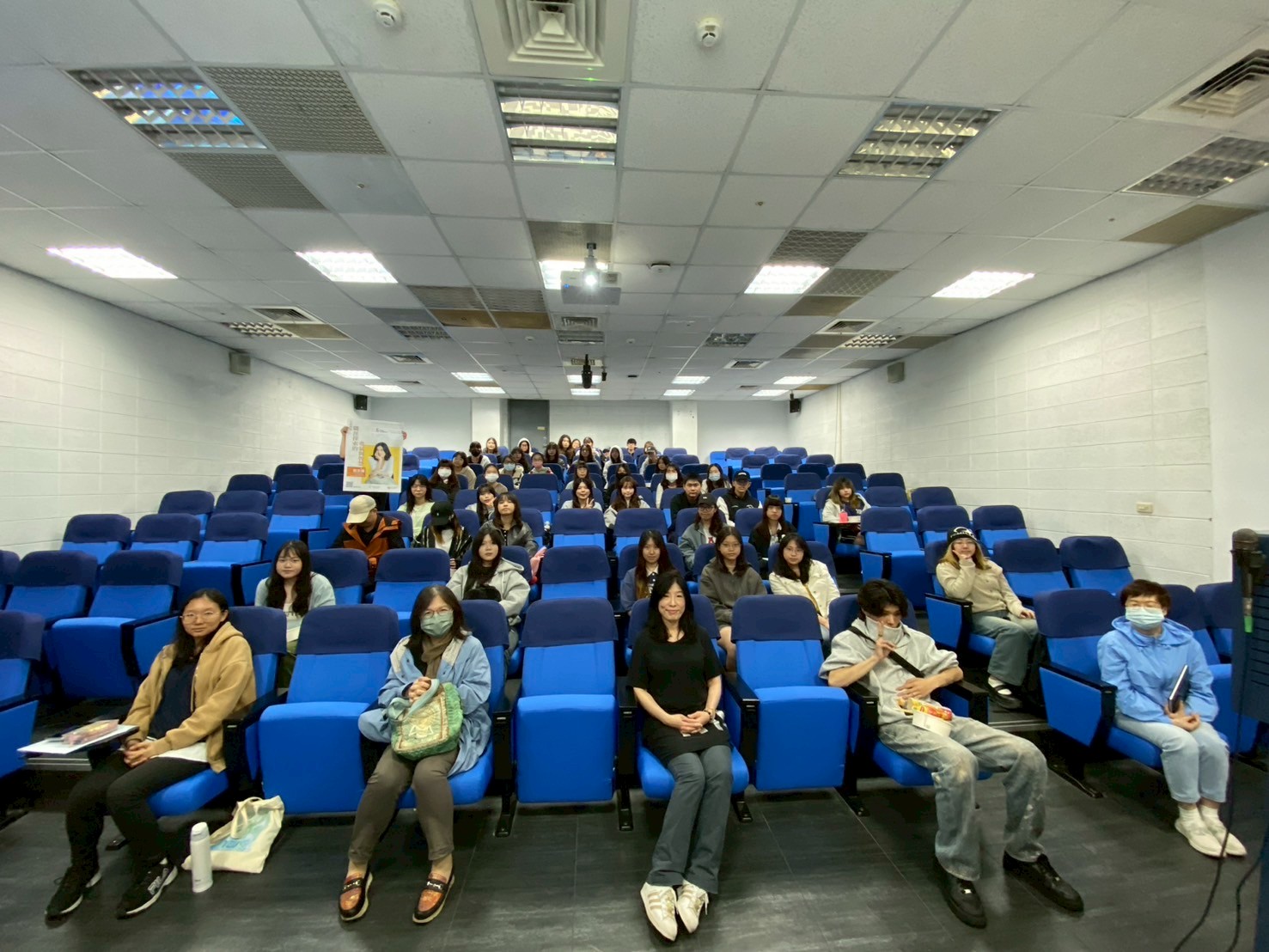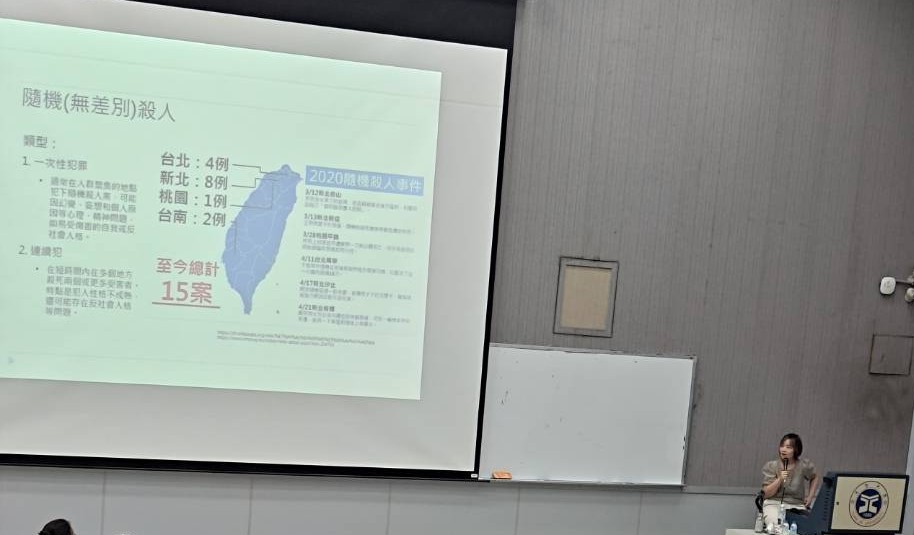Amid an increasingly volatile international landscape, marked by former U.S. President Donald Trump's aggressive tariff policies and escalating military exercises by China near Taiwan, Jensen Huang's visit stood out as particularly significant.
As a leading figure in the global AI industry, Huang’s presence in Taiwan transcended the scope of a mere corporate exchange. Instead, it symbolized a strategic alignment in which technological value and Taiwan’s role in global innovation came to the forefront during uncertain times.
On May 17, the annual World Masters Games opened with grandeur at the Taipei Dome. One of the most talked-about moments of the opening ceremony was when Jensen Huang, founder and CEO of NVIDIA, was invited to serve as the representative for the "Tech Torch." What he ignited that evening was not just a symbol of athletic spirit, but also a beacon of hope for Taiwan’s technological future. The ceremony marked the prelude to a series of major announcements that would follow during his stay in Taiwan.
Just two days later, on May 19, Huang delivered a public address that sent shockwaves through the tech and business communities: NVIDIA would establish its Taiwan headquarters in the Beitou and Shilin districts of Taipei, positioning itself within the Taipei Science Park. The site selection carried deep significance—not merely in terms of geography and industrial planning, but as a resounding vote of confidence in Taiwan’s technological foundation, its talent pool, and its global competitiveness. The announcement instantly dominated headlines and sparked widespread public discourse.
For global observers of tech and economic trends, the move represented a new chapter in Taiwan’s international influence. Long known for its dominance in the semiconductor and ICT sectors, Taiwan is now poised to become a central player in the AI revolution—an industry that underpins future upgrades across virtually all sectors. NVIDIA’s investment was not just a corporate expansion; it signaled the rebuilding and reinforcement of the entire AI value chain, including software-hardware integration and global collaboration networks, right in Taiwan. In light of the anxiety stirred by TSMC’s expansion into the United States, Huang’s visit served as a strong reaffirmation of Taiwan’s critical role in the global tech ecosystem and reignited confidence in the island’s technological trajectory.
Meanwhile, the international landscape was undergoing subtle shifts. Reports indicated that former President Trump had recently traveled to Saudi Arabia, accompanied by top executives from Silicon Valley, including those from NVIDIA, Tesla, Oracle, and Microsoft’s AI divisions. The visit focused not only on energy and defense cooperation but also on fostering deep partnerships in smart cities and digital governance—part of a broader effort by the U.S. to use technological diplomacy to bolster its strategic foothold in the Middle East. These developments reflected a new geopolitical reality in which global competition was increasingly defined by technological leadership. Against this grand narrative, Huang’s choice to visit Taiwan—personally participating in local events, announcing investment plans, and engaging directly with young Taiwanese talent—stood in contrast as a more grounded, human-centric, and forward-thinking approach.
In sum, Jensen Huang’s visit left a profound impact that extended far beyond his public appearances. It highlighted Taiwan’s pivotal role in the future global technology landscape. In a time when crises and challenges abound, his presence marked both a turning point and an opportunity—one that promises a brighter future for Taiwan, led by its world-class talent and innovation capacity.
 English
English  正體中文
正體中文 



